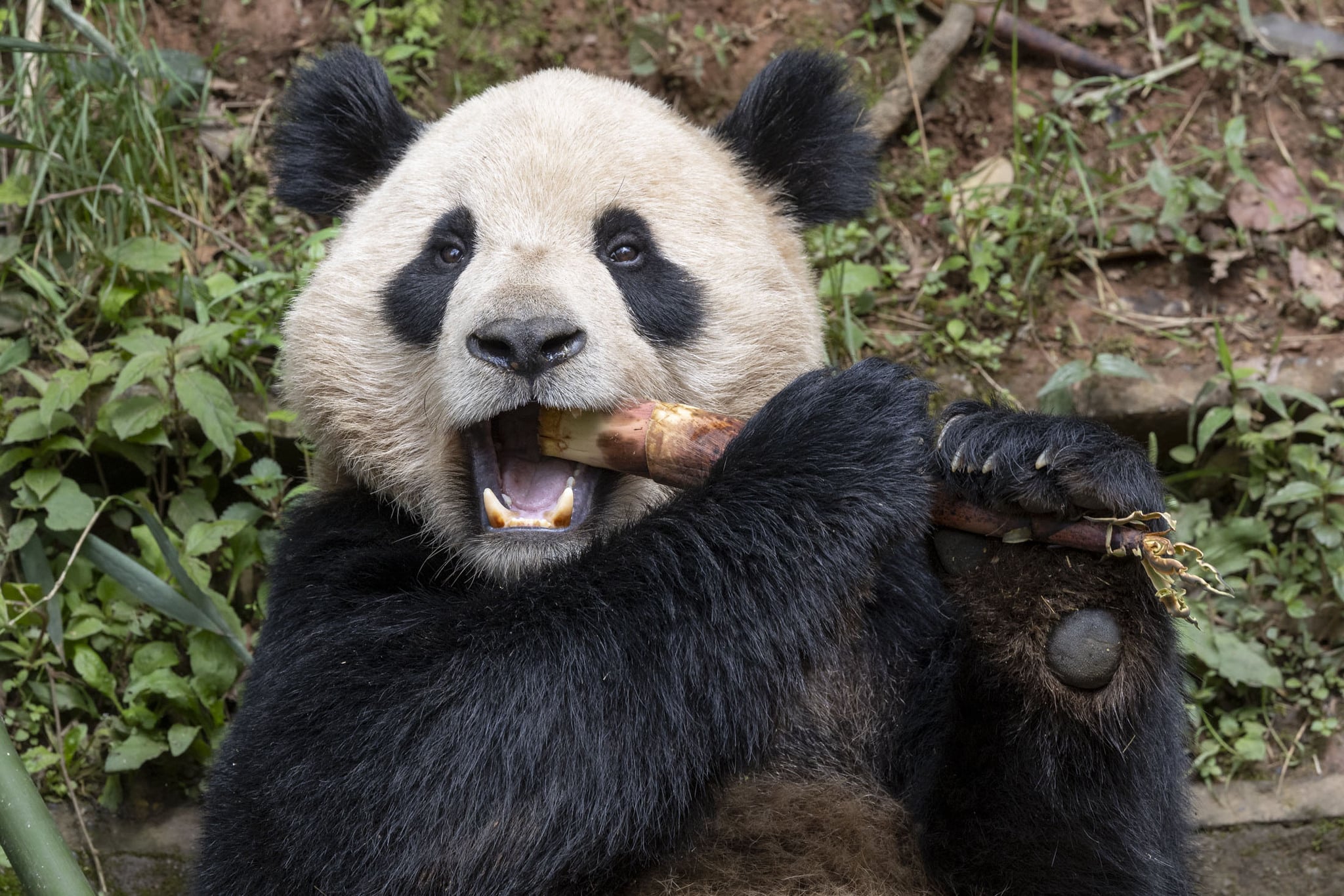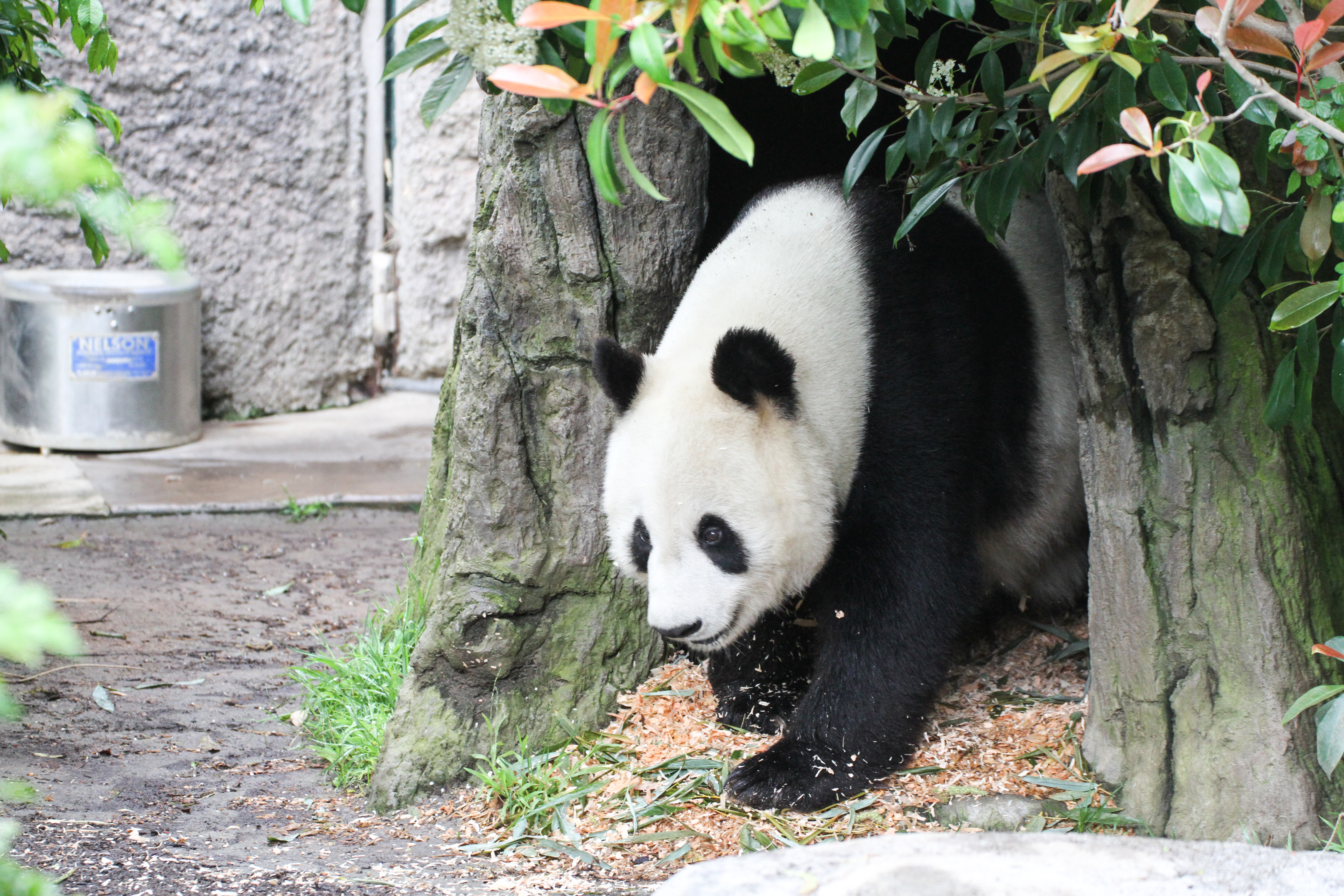San Diego Zoo Wildlife Alliance and China Wildlife Conservation Association Sign a New Cooperative Agreement for Giant Panda Collaboration
San Diego Zoo Wildlife Alliance (SDZWA) took an important step forward in having giant pandas return to the San Diego Zoo by signing a cooperative agreement with China Wildlife Conservation Association and filing a permit application with the U.S. Fish and Wildlife Service.
SDZWA has a nearly 30-year conservation partnership with research collaborators in China focused on protecting and recovering giant pandas. These collaborative efforts have had a significant impact—including, increased scientific understanding of giant panda biology, care and wellness, and what pandas need to thrive in a changing climate—contributing directly to the International Union for Conservation of Nature Red List downgrading the giant panda from Endangered to Vulnerable in 2021. But there is still much more work to do to secure their safe future.
“We are humbled by the potential opportunity of continuing our collaborative conservation efforts to secure the future for giant pandas. As such, San Diego Zoo Wildlife Alliance is taking important steps to ensure we are prepared for a potential return. This includes sharing our detailed conservation plans with the U.S. Fish and Wildlife Service to ensure alignment for the greater benefit of giant pandas,” said Dr. Megan Owen, Vice President of Conservation Science.
Collaboration between SDZWA and Chinese research partners has contributed to critically important and far-reaching discoveries as well as scientific contributions that have played a meaningful role in China’s efforts to bring the iconic and beloved giant panda back from the brink of extinction. These include critical findings on giant panda reproductive behavior and physiology, nutritional requirements, habitat needs and genetic research among other areas of focus. The efforts include developing a giant panda milk formula and other neonatal conservation techniques that dramatically increased survival rates for nursery-reared cubs from 5% to 95%, the first successful artificial insemination of a giant panda outside of China and contributing valuable expertise to efforts led by Chinese scientists to track wild giant pandas at the Foping National Nature Reserve using GPS technology.
Although the conservation status of the giant panda is improving, there is still much work needed to ensure they remain on the path to recovery with healthy and flourishing populations.
Climate change, habitat fragmentation and population isolation are some of the pressures facing giant pandas. SDZWA’s proposed conservation strategy aims to improve giant panda population health and resilience in some of the smallest and most isolated populations vulnerable to extinction and loss of genetic diversity.
“Pandas in our care and in the care of Chinese colleagues at conservation facilities play an important role as assurance against extinction and loss of genetic diversity in their native habitats, as well as a source population for reintroductions,” said Dr. Owen. “Our partnership over the decades has served as a powerful example of how—when we work together—we can achieve what was once thought to be impossible. San Diego Zoo Wildlife Alliance is uniquely positioned to collaborate toward a shared goal of creating a sustainable future for giant pandas.”
Source: San Diego Zoo









